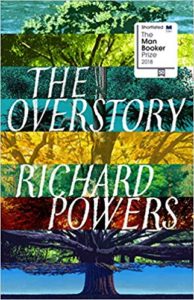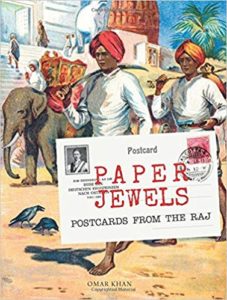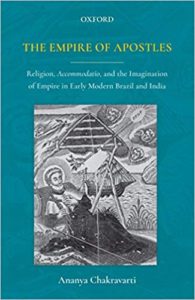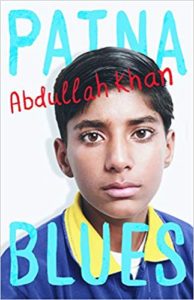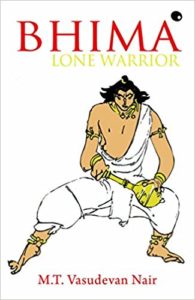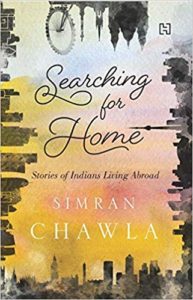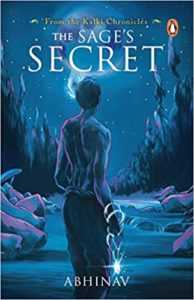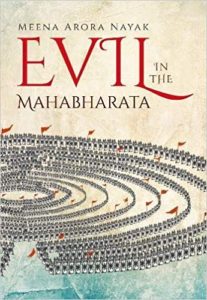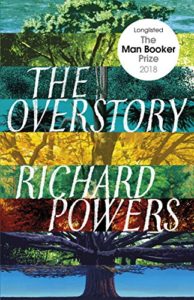“Finding the Mother Tree: Uncovering the Wisdom and Intelligence of the Forest” by Suzanne Simard
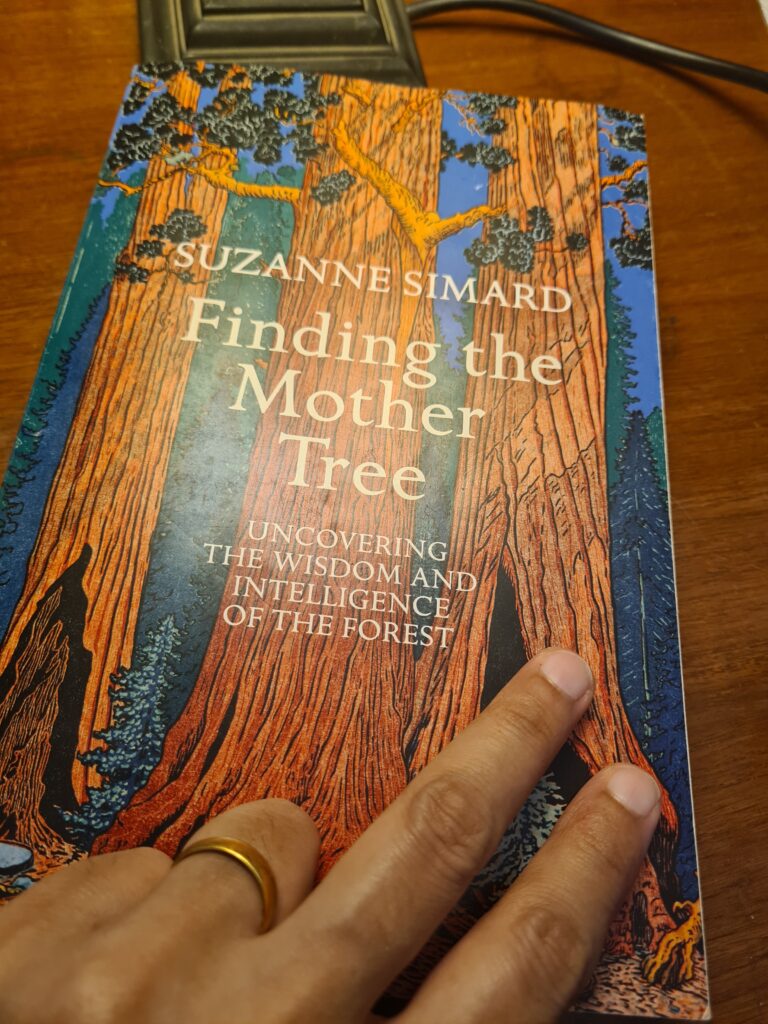
One of the first clues came while I was tapping into the messages that the trees were relaying back and forth through a cryptic underground fungal network. WhenI followed the clandestine path of the conversations, I learned that this networkis pervasive through the entire forest floor, connecting all the trees in a constellation of tree hubs and fungal links. A crude map revealed, stunningly, that the biggest, oldest timbers are the sources of fungal connections to regenerating seedlings. Not only that, they connect to all neighbors, young and old, serving as the linchpins for a jungle of threads and synapses and nodes. I’ll take you through the journey that revealed the most shocking aspect of this pattern — that it has similarities with our own human brains. In it, the old and young are perceiving, communicating, and responding to one another by emitting chemcial signals. Chemicals identical to our own neurotransmitters. Signals createdby ions cascading across fungal membranes.
The older trees are able to discern which seedlings are their own kin.
The old trees nurture the young ones and provide them food and water just as we do with our own children. It is enough to make one pause, take a deep breath, and contemplate the social nature of the forest and howthis is critical for evolution. The fungal network appears to wire the trees for fitness. And more. These old trees are mothering their children.
The Mother Trees.
When Mother Trees — the majestic hubs at the cener of forest communiation, protection, and sentience — die, they pass their wisdom to their kind, generation after generation, sharing the knowledge of what helps and what harms, who is friend or foe, and how to adapt and survive in an ever-changing landscape. It’s what all parents do.
…
After a lifetime as a forest detective, my perception of the woods has been turned upside down. With each new revelation, I am more deeply embedded in the forest. The scientific evidence is impossible to ignore: the forest is wired for wisdom, sentience, and healing.
This is not a book about how we can heal the trees.
This is a book about how the trees might save us.
*******
Academic and “forest detective” Suzanne Simard’s Finding the Mother Tree: Uncovering the Wisdom and Intelligence of the Forest is a blend of memoir and deeply scientific investigation on how forests are nurtured, regenerate and sustain themselves. Her curiousity was piqued when she began working as a commercial logger. At the company, she was tasked with clearing sections of a forest for harvest. As per the law, tree saplings had to be transplaned onto the site that had been cleared. But as per the strategy of the firm, monoculture was advocated, especially of those trees that were commercially viable and quick to grow. Anything else that grew in the location was stripped. This experience was completely at odds with what she had learned while watching her grandfather and rest of the clan work as loggers. They would carefully identify the tree to be felled and leave everything else around it undisturbed. She realised that there was some merit in the old-fashioned system of logging but it was not going to be appreciated by commercial firms as it was too tedious and time consuming. She was further intrigued by the fact that when she was entrusted with the chore of planting and supervising the growth of the saplings, they would be weak and wither. When she uprooted the fledgling plants, she noticed that the roots were pale and struggling to survive. It was inexplicable as these saplings had been planted in the middle of forests, rich in minerals and other essential nutrients. So there had to be some other reason for the saplings dying.
Simard resaerched this aspect of forest regeneration extensively. During the course of her work, she faced a number of hurdles including gender discrimination and disbelief at her preposterous theory of gendering trees in such a manner. She faced resistance. Her instinct told her that there was more to the commonly accepted narrative. She had a band of faithful friends and some relatives who assisted her in carrying out experiments. It was arduous work as it required trekking through mountainous terrains and camping at night in bear infested country. But she persevered. So much so that she has become an iconic figure. Filmmaker James Cameron’s “Tree of Souls” and “Avatar” acknowledge her as does novelist Richard Powers whose Pulitzer winning Overstory has a character based on Simard. Scholar Merlin Sheldrake in his fabulous book Entangled Life discusses at great length the fascinating networks created by fungi/lichens. Sheldrake’s research overlaps with what Simard has spent decades trying to explain that the mycorrhizal fungi form a symbiotic relationship between the fungi and the plant root system. It is over 450 million years old. But this mutually benefical system helps the fungi and plants to grow and survive. It is critical. This is precisely the reason why the trees logged by Simard’s ancestors helped in regenerating the forest but those propogated by the commercial loggers and their emphasis on monoculture, were the death knell for the forest.
In today’s day and age, this narrative of recognising the existence of a Mother Tree and the many functions it serves within a forest are easy to accept. The zeitgest is such that womens perspectives are given a patient hearing and even acknowledged. But this was not necessarily the case when Suzanne Simard began her research. The time period of this book, the research it documents and Suzanne Simard’s own evolution as a woman/logger/forester/academic/mother/scientist more or less coincide with the growth of womens movements around the world. Feminists have existed ever since Mary Wollstonecraft publication of A Vindication of the Rights of Woman ( 1792) but the change in patriarchal systems and ways of thinking is far from over. This is exactly the resistance Simard faced in her work. It is minutely documented in her book except that she is keener to focus on her scientific research and share it with her readers than dwell for too long on personal matters. So while the book is fascinating to read for her unique research, it becomes a little tedious to read as it is unequal in its treatment of issues. The author lacks the sharp awareness that she has about her discipline vis-a-vis debates surrounding feminist/womens issues. A smattering of knowledge, the right vocabulary and insight would have sharpened the storytelling. Instead it plods. It lacks the lightness of touch as in say Hope Jahren’s Lab Girl or even Merlin Sheldrake’s Entangled Life. Both the books are very technical and yet they do a fine job of balancing the personal/memoir with the science.
Nevertheless, I am glad I read Finding the Mother Tree. It is an excellent book and the dissatifaction in the uneveness of telling stems from the high expectations the scientific explanations created in the reader.
Read it.
22 July 2021

